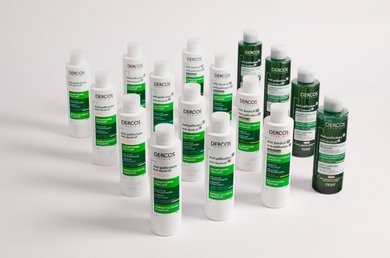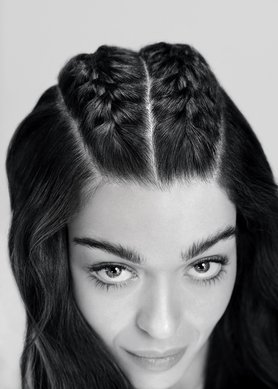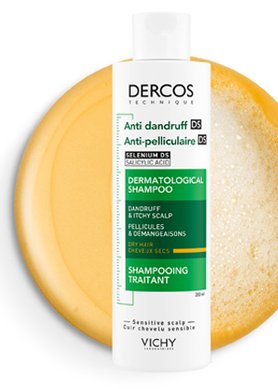Unpacking The Different Types of Dandruff
Regardless of whether you are experiencing dandruff for the first time or not, it can be difficult to avoid dandruff and consistently prevent it recurring. Dandruff can affect as many as 1 in 2 Australians,1 but how can you prevent dandruff from returning when you are prone to this common scalp concern? Targeting dandruff flakes and regulating scalp oil is paramount, but there are also other lifestyles changes you can make to prevent dandruff in the future. This article will also provide tips for managing mild dandruff, alongside preventing it. Below, anti-dandruff hair care experts Dercos have curated their top tips to help you mitigate recurring dandruff.
1https://www.betterhealth.vic.gov.au/health/conditionsandtreatments/dandruff-and-itching-scalp
How does dandruff form?
One of the best ways to prevent dandruff is to understand how it forms. While there are different types of dandruff , the root cause is often attributed to a scalp imbalance. The scalp’s outermost layer – the stratum corneum – experiences natural, continual skin cell turnover.2 Malassezia fungi is present on every individual’s scalp, and this fungus metabolises sebum which in turn produces oleic acid, an omega-9 fatty acid that commonly induces skin sensitivity.3 Scalps sensitive to oleic acid will try to shed skin cells faster, which culminates in a buildup of dead skin cells that form clusters on the scalp – dandruff. Since higher sebum levels can end up producing more oleic acid, this increases scalp sensitivity and subsequent dandruff.
2https://training.seer.cancer.gov/melanoma/anatomy/layers.html
3https://pubmed.ncbi.nlm.nih.gov/20650257/
How do you prevent dandruff?
To prevent the reappearance of dandruff, you’ll need to regularly apply specially formulated dandruff shampoos designed to treat dandruff and even treat mild dandruff effectively for your scalp type. It's crucial to choose the right dandruff shampoo to treat dandruff and prevent its recurrence, as these products contain active ingredients like zinc, selenium, and ketoconazole that target the root causes of dandruff. You can also boost the anti-dandruff properties of your hair care with lifestyle changes that can help you avoid dandruff recurrence in the future. Dercos anti-dandruff specialists recommend implementing the following precautions:
· Use anti-dandruff shampoo that is formulated for either dry, oily or sensitive scalps (depending on your skin type)
· Maintain a regular washing schedule across 4 weeks
· Avoid alternating between an anti-dandruff and cosmetic shampoo
· Lather and wash with care
· Make other manageable lifestyle changes to avoid aggravating dandruff
Continue reading as we break down this guidance with our dandruff hair care experts.








